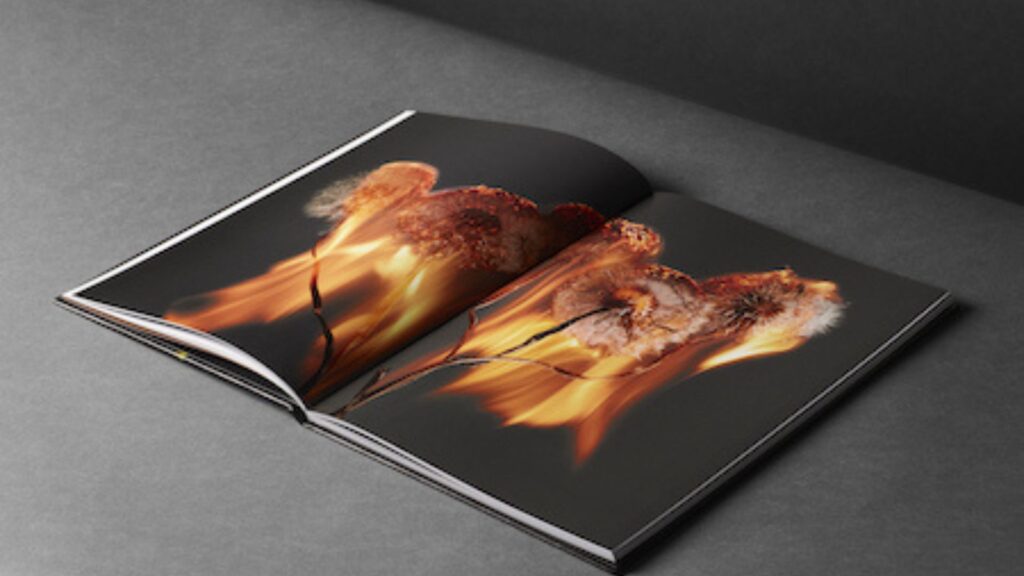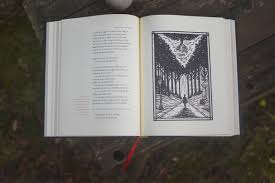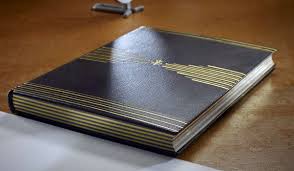
When creating art books and portfolios, the choice of paper profoundly affects how artworks are presented, perceived, and preserved. Specialty papers elevate the visual and tactile experience, enhancing the colors, textures, and longevity of the pieces within. Selecting the right paper is as important as the artwork itself, influencing everything from print quality to durability. This article explores various specialty papers commonly used in art books and portfolios, helping artists, designers, and publishers make informed choices.

Why Choose Specialty Papers?
Standard printer paper or everyday materials often fall short in showcasing fine art prints, photographs, or mixed media work. Specialty papers offer:
-
Enhanced color vibrancy and detail
-
Unique textures that complement the artwork
-
Greater durability and archival quality
-
Distinct finishes like matte, gloss, or textured surfaces
These qualities allow artists to create portfolios and books that are not just containers for art but extensions of the creative expression.
Types of Specialty Papers
Fine Art Paper
Fine art papers are usually made from 100% cotton or alpha cellulose, offering exceptional archival qualities. These papers resist yellowing and deterioration, making them ideal for limited edition prints, fine art reproductions, and portfolios meant to last decades.
Characteristics:
-
Smooth or textured surface options (e.g., cold press, hot press)
-
Acid-free and lignin-free for longevity
-
Available in heavy weights (typically 200–300 GSM or more)
Watercolor Paper
Originally designed for watercolor painting, these papers have a textured surface that adds depth and character to prints. The toothy finish enhances the tactile feel of the artwork, making it popular for portfolios featuring mixed media or textured prints.
Characteristics:
-
Rough, cold press, or hot press textures
-
High absorbency and thickness
-
Often made from cotton fibers for durability
Matte and Glossy Photo Paper
For photographic portfolios, choosing between matte and glossy finishes affects the final presentation:
-
Matte Photo Paper reduces glare and fingerprints, offering a soft, non-reflective finish that emphasizes subtle tones.
-
Glossy Photo Paper produces vibrant colors and sharp details but can be prone to reflections and smudges.
Photo papers vary in thickness and coatings, which influence print longevity and color accuracy.
Handmade and Textured Papers
Handmade papers or those with unique textures such as linen, silk, or laid finishes add a tactile richness. These papers are often chosen for artist books to create a one-of-a-kind feel, sometimes incorporating natural fibers or inclusions like petals or threads.
Characteristics:
-
Irregular surface patterns
-
Slight variations in color and texture
-
Typically more expensive and artisanal
Metallic and Specialty Finish Papers
Metallic papers add shimmer and a modern aesthetic to portfolios and art books. Specialty finishes include pearlescent, holographic, or iridescent surfaces that catch light in unique ways, enhancing contemporary or abstract artwork.
Considerations When Choosing Specialty Papers
-
Archival Quality: For long-lasting portfolios, prioritize acid-free, lignin-free papers that resist fading.
-
Weight and Thickness: Heavier papers feel more substantial and protect the artwork but may add bulk.
-
Compatibility with Printing Methods: Ensure the paper suits your printing technique (inkjet, laser, screen printing).
-
Texture and Finish: Match the paper surface to the style and medium of the artwork for a cohesive presentation.
-
Budget: Specialty papers vary widely in cost; balance quality with your project’s financial constraints.
Conclusion
Specialty papers transform art books and portfolios from mere collections into immersive experiences that engage sight and touch. From archival fine art papers to textured handmade sheets, selecting the right paper enhances every aspect of your work’s presentation and preservation. Artists and publishers who invest time in choosing specialty papers ensure that their creations not only look stunning but stand the test of time.






